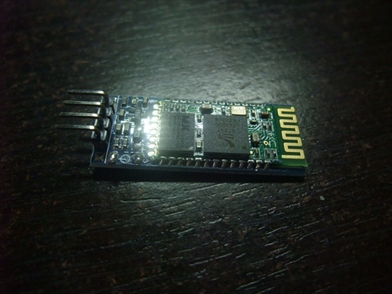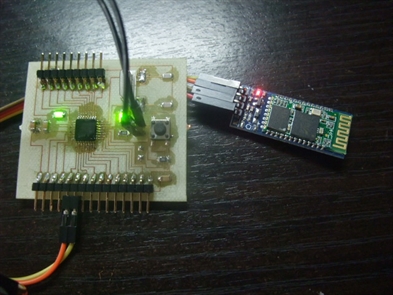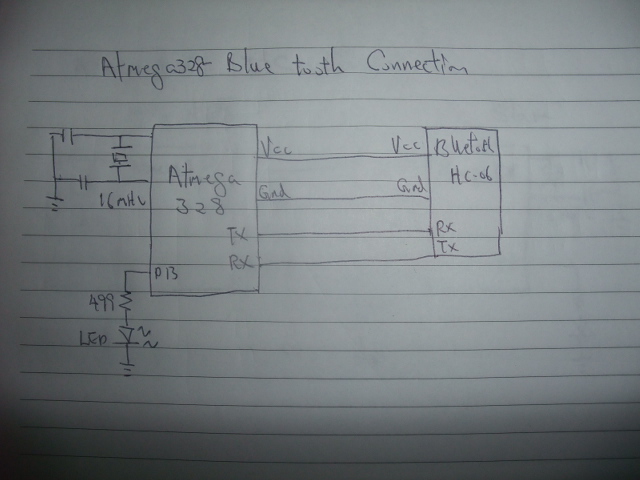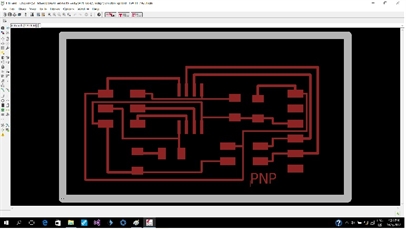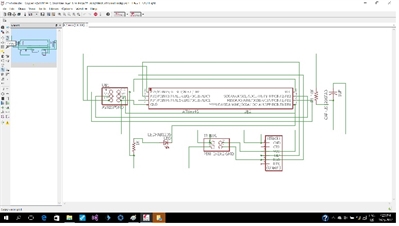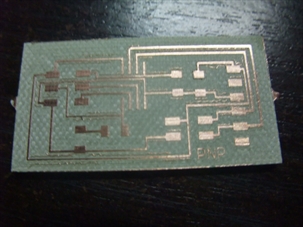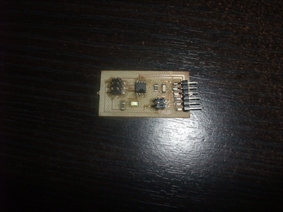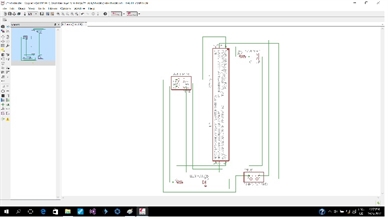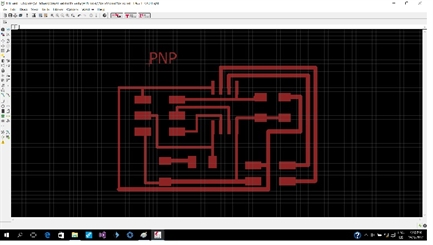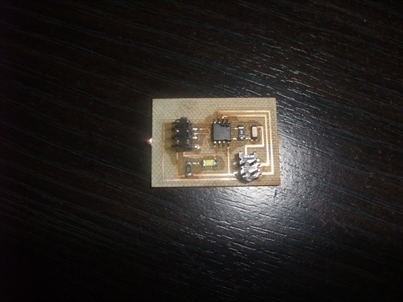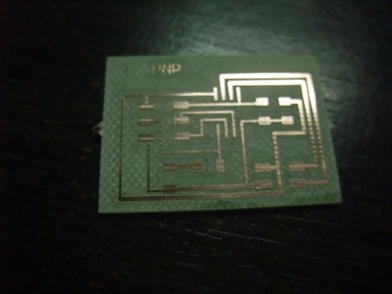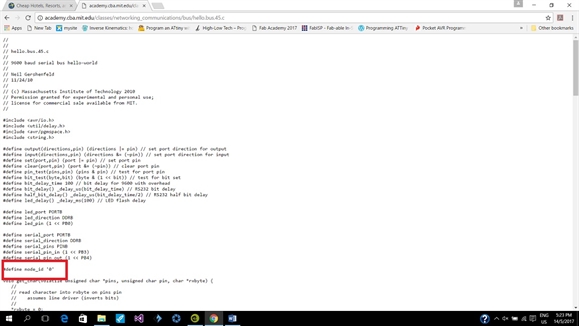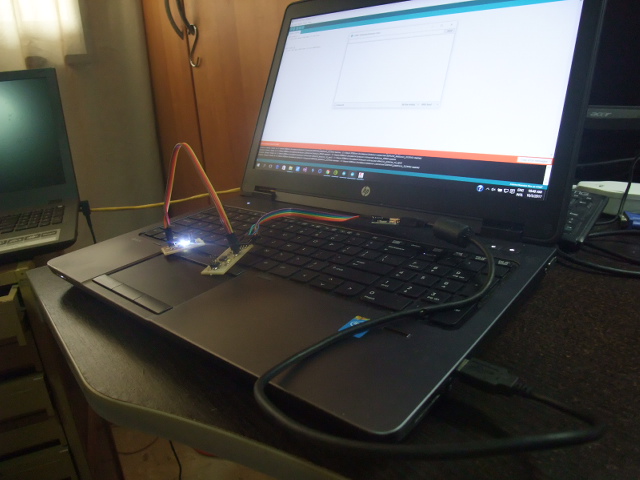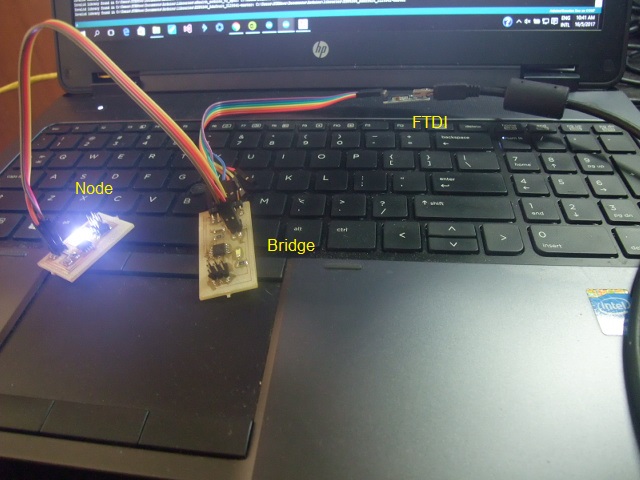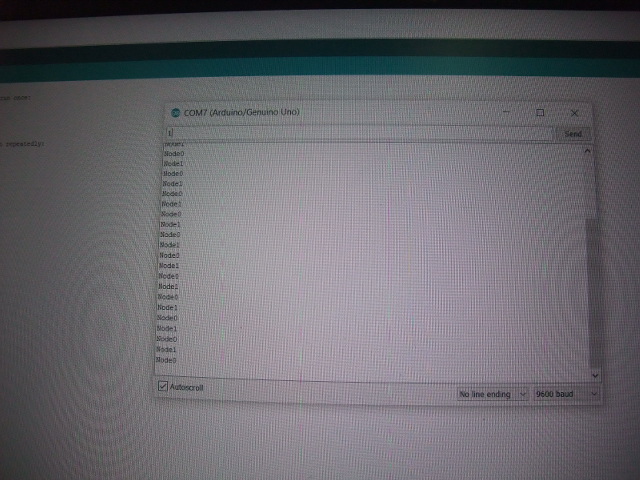Networking and communications
Assignment
Design and build a wired &/or wireless network connecting at least two processors.
For this week assignment, I will make a wired network and a wireless network. The wired network will consist of two Atmega 328 boards . The wireless network I will use a Atmega328 boardwith a Bluetooth interface to PC.
If time allows, I will also try out the Attiny 45 version of serial network.
Design and build a wired &/or wireless network connecting at least two processors.
For this week assignment, I will make a wired network and a wireless network. The wired network will consist of two Atmega 328 boards . The wireless network I will use a Atmega328 boardwith a Bluetooth interface to PC.
If time allows, I will also try out the Attiny 45 version of serial network.
Wired 12C network
I used satshakit’s design with a small change. The modification is required because I don’t have a SMD 16Mhz crystal, So I add 2 through holes to use the PTH version of crystal that I have.
I used satshakit’s design with a small change. The modification is required because I don’t have a SMD 16Mhz crystal, So I add 2 through holes to use the PTH version of crystal that I have.
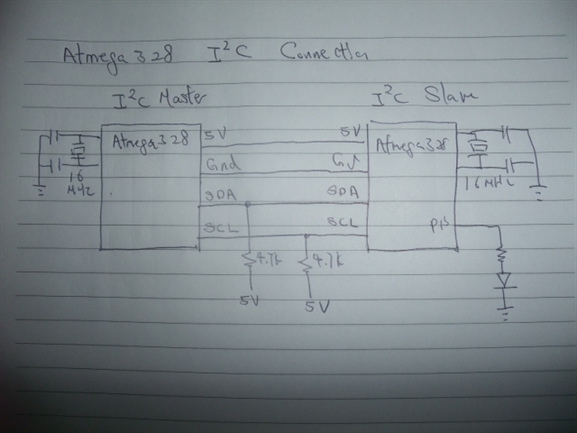
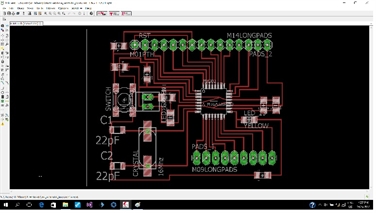
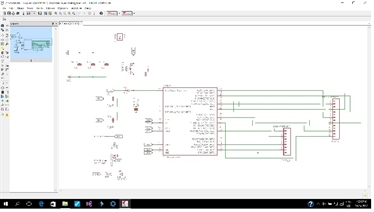
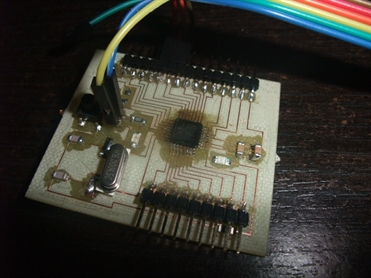
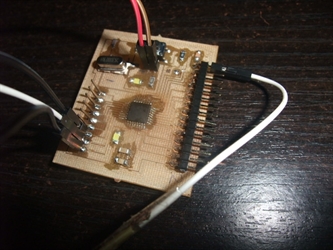
// I2C Master
// Original by Cornel Amariei
// Modified by Kenny Phay for
// Include the required Wire library for I2C
#include <Wire.h>
int x = 0;
void setup() {
// Start the I2C Bus as Master
Wire.begin();
}
void loop() {
Wire.beginTransmission(9); // transmit to device #9
Wire.write(x); // sends x
Wire.endTransmission(); // stop transmitting
x++; // Increment x
if (x > 5) x = 0; // `reset x once it gets 6
delay(500);
}
// Original by Cornel Amariei
// Modified by Kenny Phay for
// Include the required Wire library for I2C
#include <Wire.h>
int x = 0;
void setup() {
// Start the I2C Bus as Master
Wire.begin();
}
void loop() {
Wire.beginTransmission(9); // transmit to device #9
Wire.write(x); // sends x
Wire.endTransmission(); // stop transmitting
x++; // Increment x
if (x > 5) x = 0; // `reset x once it gets 6
delay(500);
}
// I2C Slave
// Original by Cornel Amariei
// Modified by : Kenny Phay 10 May 2017
// Include the required Wire library for I2C
#include <Wire.h>
int LED = 13;
int x = 0;
void setup() {
// Define the LED pin as Output
pinMode (LED, OUTPUT);
// Start the I2C Bus as Slave on address 9
Wire.begin(9);
// Attach a function to trigger when something is received.
Wire.onReceive(receiveEvent);
}
void receiveEvent(int bytes) {
x = Wire.read(); // read one character from the I2C
}
void loop() {
//If value received is 0 blink LED for 200 ms
if (x == 0) {
digitalWrite(LED, HIGH);
delay(200);
digitalWrite(LED, LOW);
delay(200);
}
//If value received is 3 blink LED for 400 ms
if (x == 3) {
digitalWrite(LED, HIGH);
delay(400);
digitalWrite(LED, LOW);
delay(400);
}
}
// Original by Cornel Amariei
// Modified by : Kenny Phay 10 May 2017
// Include the required Wire library for I2C
#include <Wire.h>
int LED = 13;
int x = 0;
void setup() {
// Define the LED pin as Output
pinMode (LED, OUTPUT);
// Start the I2C Bus as Slave on address 9
Wire.begin(9);
// Attach a function to trigger when something is received.
Wire.onReceive(receiveEvent);
}
void receiveEvent(int bytes) {
x = Wire.read(); // read one character from the I2C
}
void loop() {
//If value received is 0 blink LED for 200 ms
if (x == 0) {
digitalWrite(LED, HIGH);
delay(200);
digitalWrite(LED, LOW);
delay(200);
}
//If value received is 3 blink LED for 400 ms
if (x == 3) {
digitalWrite(LED, HIGH);
delay(400);
digitalWrite(LED, LOW);
delay(400);
}
}
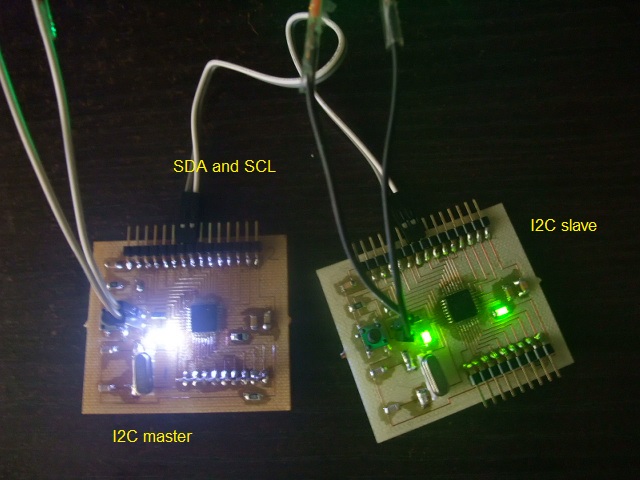
Wireless Bluetooth network.
For wireless network, Again I am using the Atmega 328 with a HC-06 modue.
For wireless network, Again I am using the Atmega 328 with a HC-06 modue.
char blueToothVal; //value sent over via bluetooth
char lastValue; //stores last state of device (on/off)
void setup()
{
Serial.begin(9600);
pinMode(13,OUTPUT);
}
void loop()
{
if(Serial.available())
{//if there is data being recieved
blueToothVal=Serial.read(); //read it
}
if (blueToothVal=='n')
{//if value from bluetooth serial is n
digitalWrite(13,HIGH); //switch on LED
if (lastValue!='n')
Serial.println(F("LED is on")); //print LED is on
lastValue=blueToothVal;
}
else if (blueToothVal=='f')
{//if value from bluetooth serial is n
digitalWrite(13,LOW); //turn off LED
if (lastValue!='f')
Serial.println(F("LED is off")); //print LED is on
lastValue=blueToothVal;
}
delay(1000);
}
char lastValue; //stores last state of device (on/off)
void setup()
{
Serial.begin(9600);
pinMode(13,OUTPUT);
}
void loop()
{
if(Serial.available())
{//if there is data being recieved
blueToothVal=Serial.read(); //read it
}
if (blueToothVal=='n')
{//if value from bluetooth serial is n
digitalWrite(13,HIGH); //switch on LED
if (lastValue!='n')
Serial.println(F("LED is on")); //print LED is on
lastValue=blueToothVal;
}
else if (blueToothVal=='f')
{//if value from bluetooth serial is n
digitalWrite(13,LOW); //turn off LED
if (lastValue!='f')
Serial.println(F("LED is off")); //print LED is on
lastValue=blueToothVal;
}
delay(1000);
}
